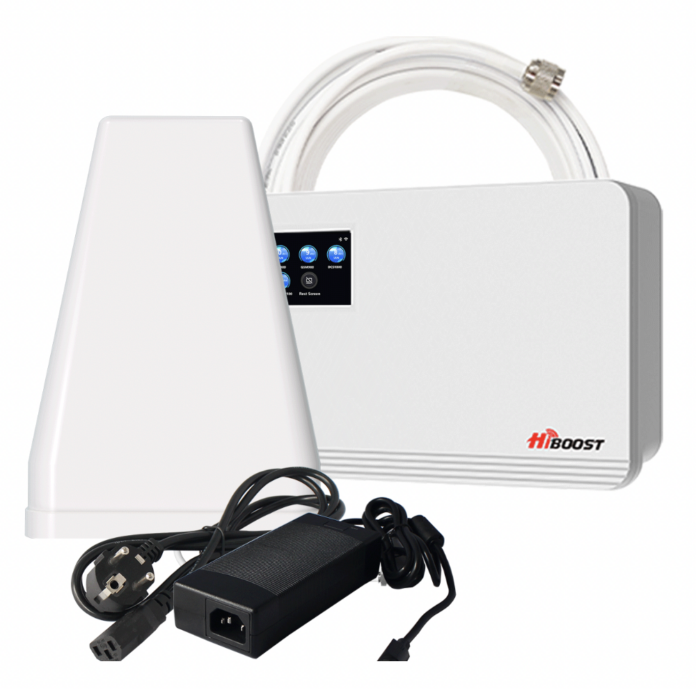The Ultimate Survival Essentials for Load Shedding
Maintaining electricity during blackouts has become critical as we get ready for the imminent reality that load shedding can last for the next two years.
As the scheduling phases advance, rolling blackouts become increasingly common as a result of malfunctions.
If you think load shedding is the ideal excuse to curl up with a book, a candle could do the trick.
However, if power outages make you feel cut off from the outside world, we’ve compiled a list of essential items for Load Shedding survival that will keep you going when the lights go out.
Gas Hob
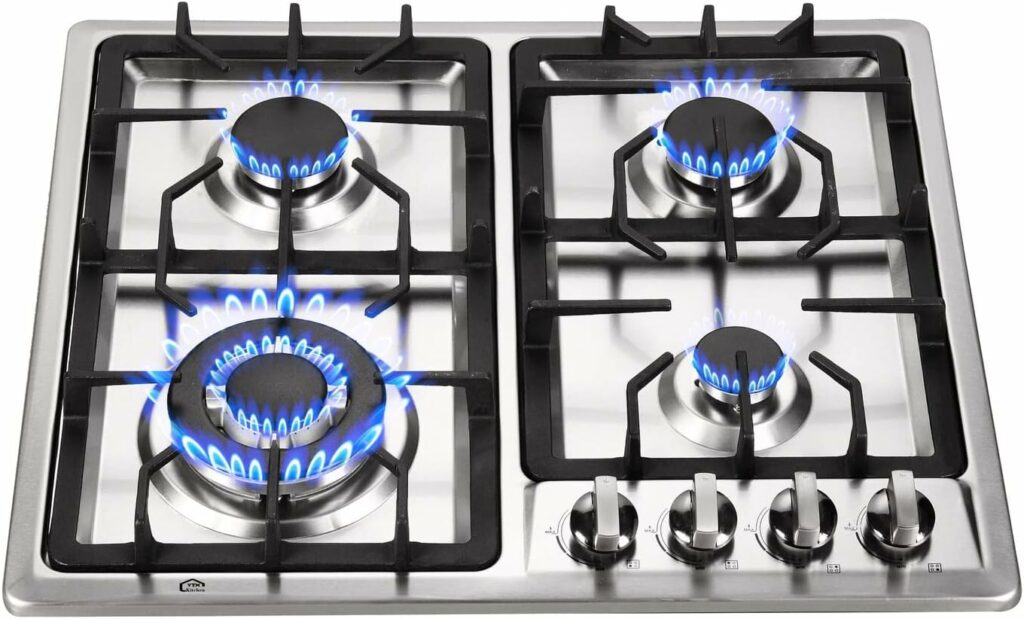
Using gas will not only spare you from the numerous annoyances associated with load shedding, but it will also result in cost savings.
You should first think about your needs and budget before making the move to gas. In order to cook in peace when the electricity goes out, do you want a gas installation for just your cooker?
Do you just want your geyser, which is close to your cooker and consumes a lot of power, installed so you won’t have to take a cold shower if load shedding occurs at six in the morning?
Gas may be used in your house in a variety of ways; all you have to do is choose the installations that are best for your family.
Battery Operated LED Or Solar Powered Lights
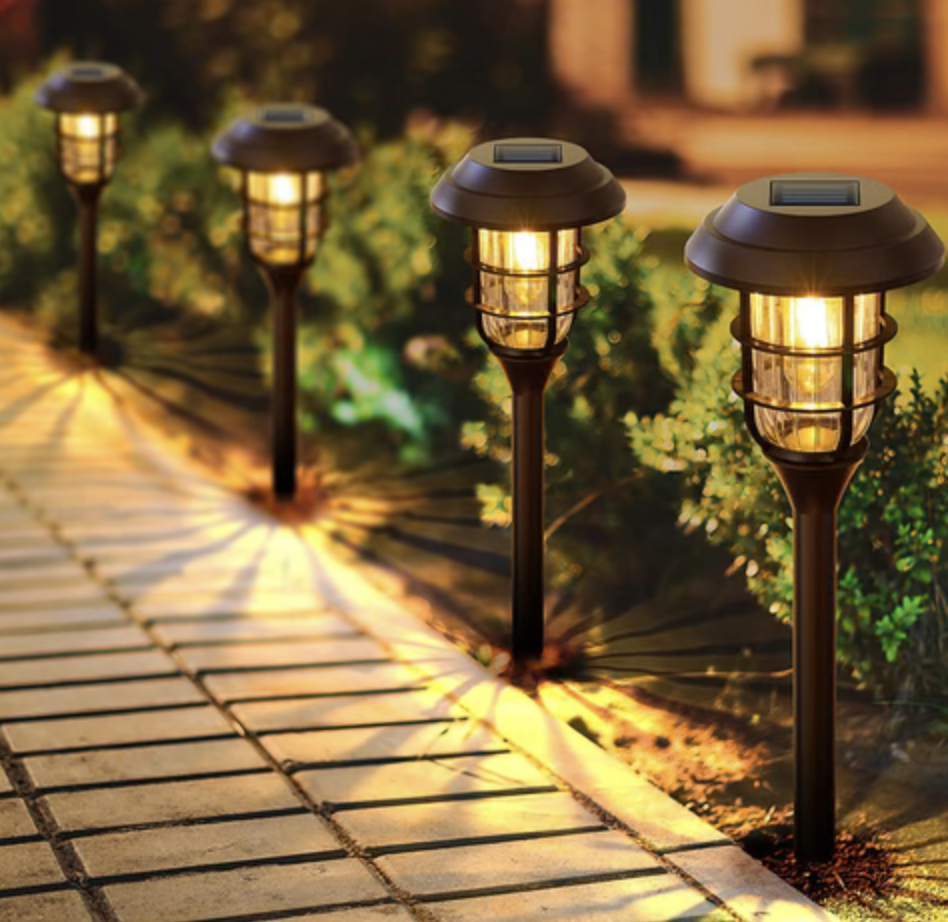
LED lights that run on batteries are more energy-efficient, have longer lifespans, and produce a steady amount of light.
Because battery-operated lights do not generate heat or release toxic gases, they are also safer than traditional choices.
While some LED lights can be moved around your house, others are just bulbs that may be used in lieu of regular house lights and will automatically turn on in the event of a power outage.
Some of these LEDs can even be powered with solar energy, and a few even include charging ports so that other gadgets may be charged from batteries.
Uninterruptible Power Supply (UPS) Or Inverter
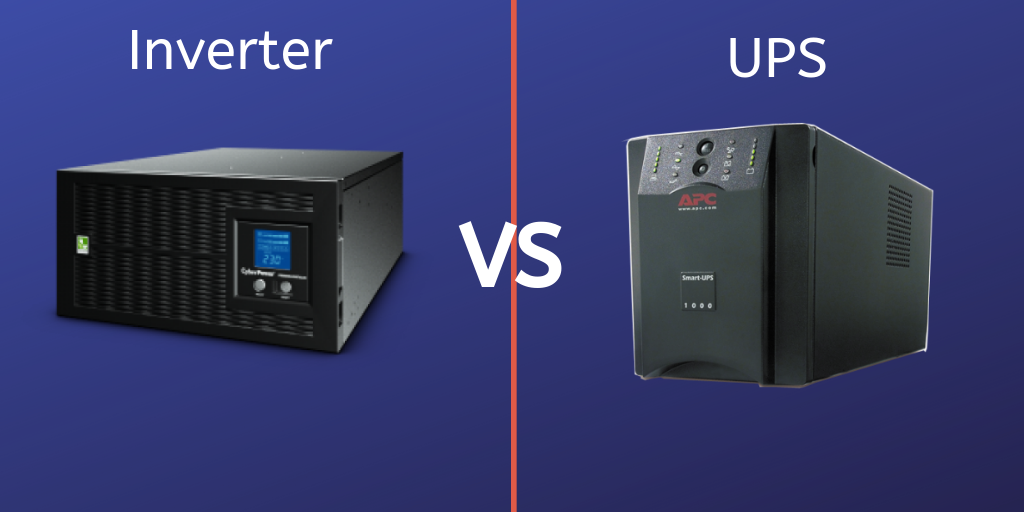
A UPS or an inverter is probably your best bet if you want to keep your electric appliances operating during load shedding without having a noisy generator.
Uninterruptible Power Supply is referred to as UPS. During blackouts, power is provided by the UPS’s battery. It provides power for a short while so that data may be stored before the machine is fully turned off.
An equipment that changes direct electricity into alternating current is called an inverter. An alternating current source provides power to charge the battery.
The inverter uses the battery’s electricity to power the electrical equipment during a power outage. The electrical system receives backup power from both the UPS and the inverter.
The speed at which the UPS transitions from the primary power supply to the battery, while the inverter takes some time, is one of the most notable distinctions between an inverter and a UPS.
Fast Charging Power Bank
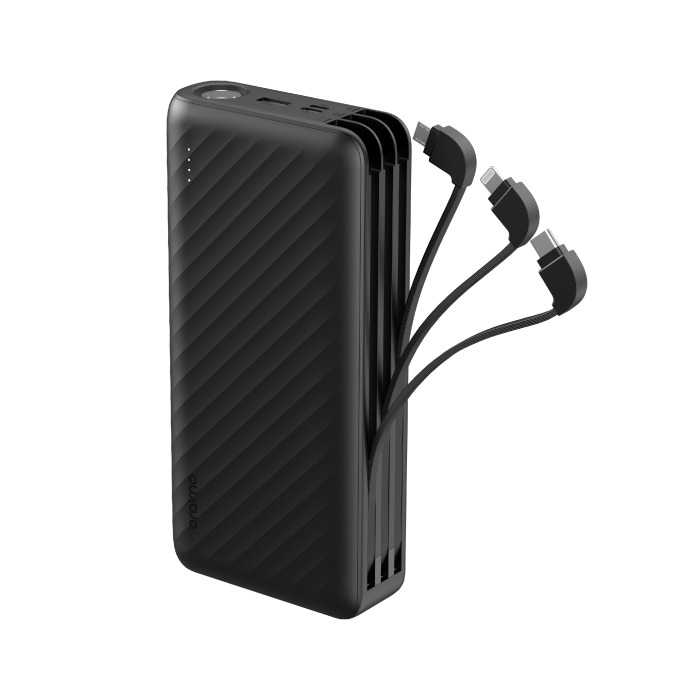
Unplanned power outages can occur at the most inopportune moments, regardless of your level of preparation or organisation. This is especially true when our gadget batteries are low.
An extra battery that you may use as a backup for your portable electronic gadget is called a power bank. It is also known as a portable charger, battery pack, or portable battery.
The included battery allows you to charge your smartphone once it runs out. To enable long-term operation without access to a power source, they are commonly utilised as a supplement to tablets and smartphone batteries.
The Advantages Of A Signal Booster During Loadshedding In South Africa

Improving mobile coverage in places with spotty or nonexistent signal is one of the biggest advantages of utilising a universal signal booster in South Africa.
In rural or densely populated locations where several buildings may obstruct the signal, this is really helpful. You may benefit from increased connectivity, quicker upload and download times, and clearer cell phone conversations with a signal booster.
The backup battery that most cell phone towers in South Africa have, activates when load shedding interrupts the power supply.
The extended duration of intermittent blackouts has impeded the batteries’ ability to fully recharge. The batteries require 12 to 18 hours to fully recharge, and given the present timetable, it is just not possible for the batteries to fully recover.
Based on our expertise, we can help you with a comprehensive DIY solution to help you overcome signal issues even during the load shedding times.
Whether you would like us to install the solution for you or if you would like a DIY option simply contact us and we will be more than happy to help you.



